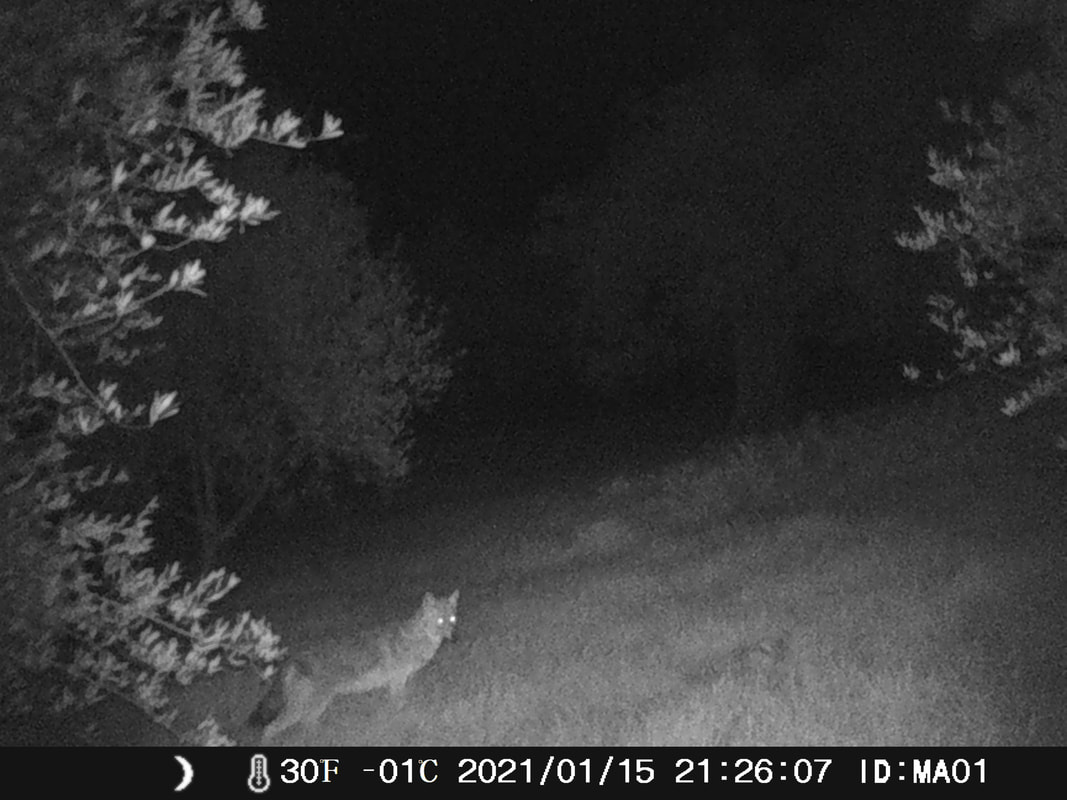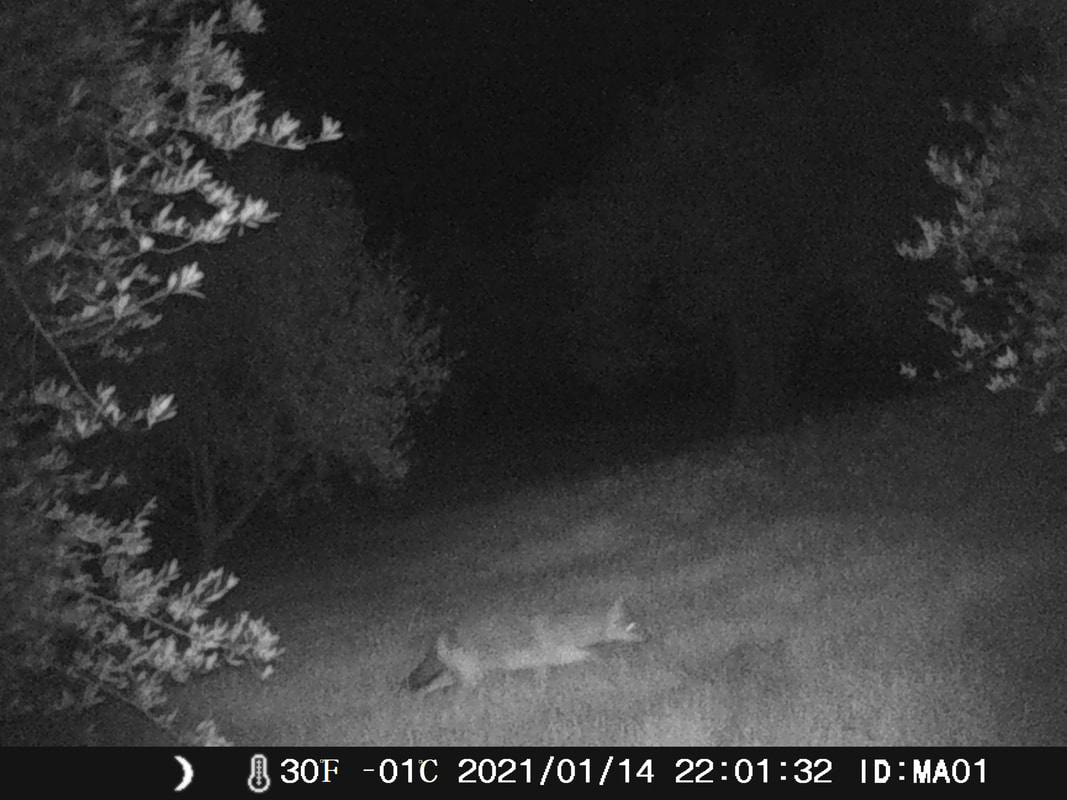|
Golden Jackal (Canis aureus) in Greece is under threat species. More information:
Source: Wikipedia The "golden jackal" (Canis aureus) or "common jackal" belongs to the family of canines and according to available data has the second smallest population in Greece after that of the wolf. It is a medium-sized sarcophagus, however it is considered an opportunistic animal in the choice of food, as a result of which its diet is enriched with plants and fruits. Its color is gray-yellow or reddish, with black spots on the back, which mainly depends on the season and the area in which it is found. Its tail is about 30 cm reddish except for its tip, which has a characteristic black color. With a body size of about 60-100 cm it is the smallest of the three species of jackals, while it is slightly larger than the fox (Vulpes vulpes), which is also a related species. Characteristics of the jackal: The following table presents the main biological and social parameters of the jackal.
Source: Callisto |




